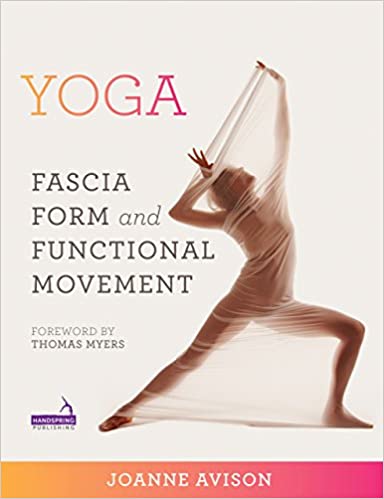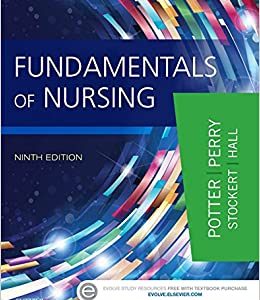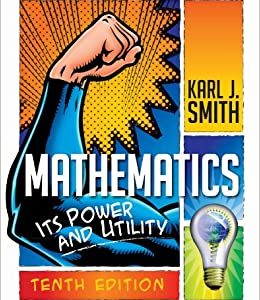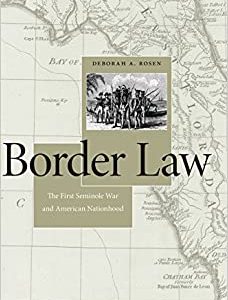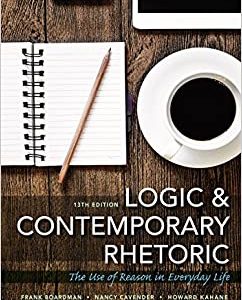YOGA: Fascia, Anatomy and Movement seeks to bridge the divide between the application of classical anatomy and real-life experiences of practicing and teaching yoga.
This book presents fascia as the tensional network of connective tissues; the fabric of the human form. Research into fascia is revealing a whole new context for understanding the human body both at rest and in motion. Whatever your style of yoga, YOGA: Fascia, Anatomy and Movement makes sense of the experience of the moving body in and beyond the yoga classroom. It is a groundbreaking and invaluable resource in the contemporary art and science of yoga.
The book is written in straightforward and accessible language, and is divided into three parts:
Part 1 examines recent research and the paradigm shift from the classical anatomy of the musculoskeletal system to the new perspective the fascia provides.
Part 2 applies this perspective to the practice of yoga with clear descriptions of techniques, exercises and plenty of illustrations.
Part 3 considers the metaphysical aspect of yoga and the hidden geometry of our biotensegrity architecture as a metaphor for consciousness.
YOGA: Fascia, Anatomy and Movement is intended primarily for Yoga Teachers, but can be adapted for use with Pilates or other movement training programs. Therapists working in the fields of sport, dance, and movement therapy as well as manual practitioners will all find the book enhances their approach to practice.
This book presents fascia as the tensional network of connective tissues; the fabric of the human form. Research into fascia is revealing a whole new context for understanding the human body both at rest and in motion. Whatever your style of yoga, YOGA: Fascia, Anatomy and Movement makes sense of the experience of the moving body in and beyond the yoga classroom. It is a groundbreaking and invaluable resource in the contemporary art and science of yoga.
The book is written in straightforward and accessible language, and is divided into three parts:
Part 1 examines recent research and the paradigm shift from the classical anatomy of the musculoskeletal system to the new perspective the fascia provides.
Part 2 applies this perspective to the practice of yoga with clear descriptions of techniques, exercises and plenty of illustrations.
Part 3 considers the metaphysical aspect of yoga and the hidden geometry of our biotensegrity architecture as a metaphor for consciousness.
YOGA: Fascia, Anatomy and Movement is intended primarily for Yoga Teachers, but can be adapted for use with Pilates or other movement training programs. Therapists working in the fields of sport, dance, and movement therapy as well as manual practitioners will all find the book enhances their approach to practice.
Product details
- File Size: 19051 KB
- Print Length: 369 pages
- Publisher: Handspring Pubilshing Limited; 1 edition (February 18, 2015)
- Publication Date: February 1, 2016
- Language: English
- ASIN: B01BLEBK52
- Text-to-Speech:
Enabled

- Word Wise: Enabled
- Lending: Not Enabled
-
#238
in Injuries & Rehabilitation -
#237
in Physical Therapy (Kindle Store) -
#208
in Physical Medicine & Rehabilitation (Kindle Store)

